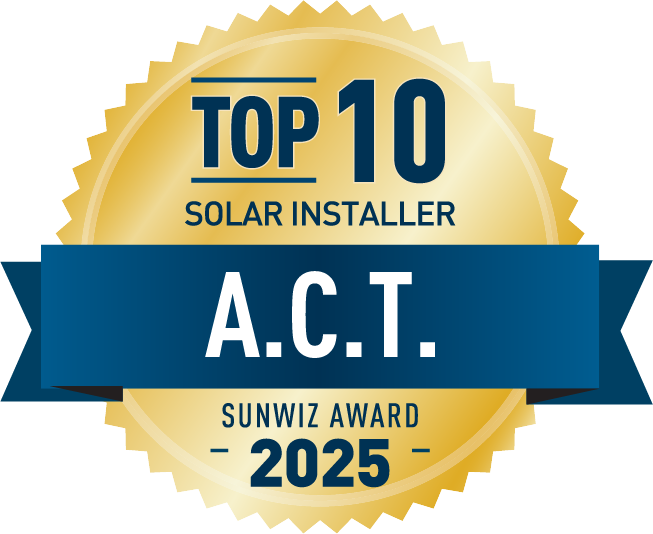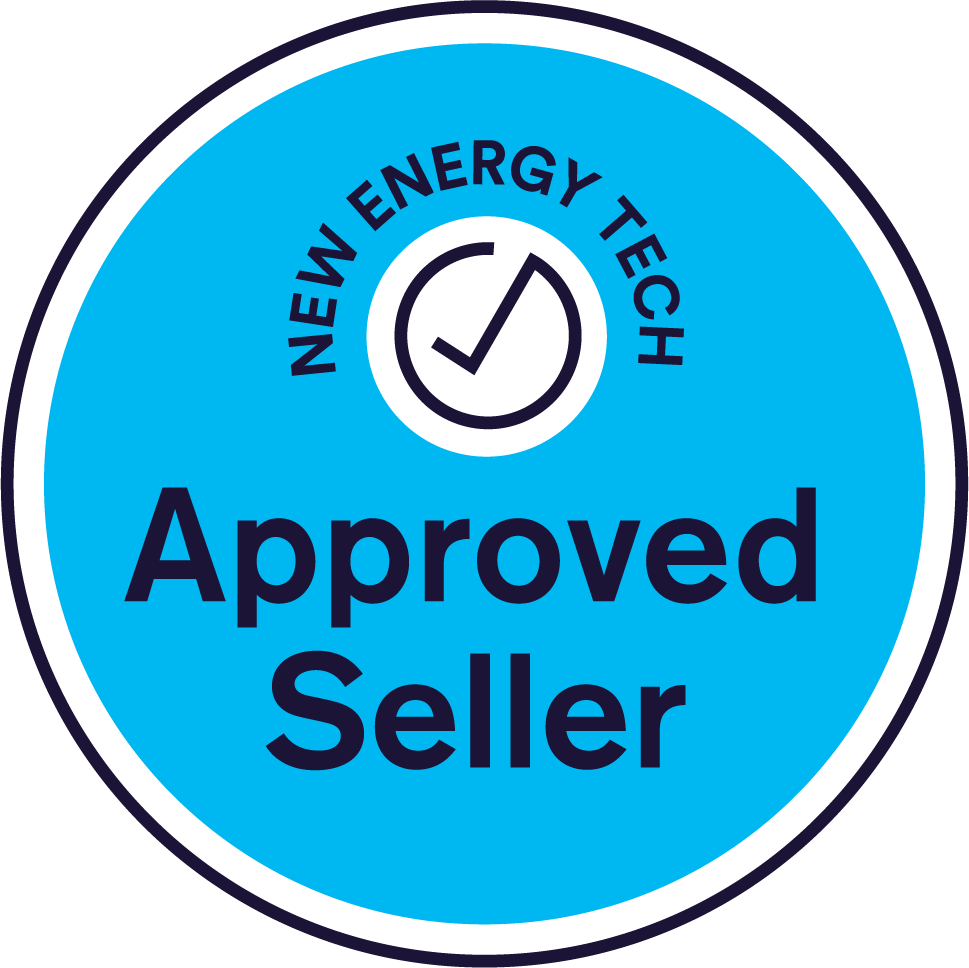Micro-inverter solar panels are the most effective choice for shade due to their individual panel optimization capabilities. These panels perform well even when partially shaded and maintain overall system performance.
In shade situations, micro-inverters maximize power output by addressing the shading on each panel independently. Solar energy continues to gain popularity as a sustainable and eco-friendly alternative to traditional power sources. Harnessing the sun's energy through solar panels has become increasingly common, whether it's for residential, commercial, or industrial purposes.
However, one common concern is how solar panels perform in shaded areas. While sunlight is the primary source of energy for solar panels, shade from nearby trees, buildings, or other obstructions can greatly reduce their efficiency. Fortunately, advancements in technology have led to the development of solar panels that perform better in shaded conditions. We will explore the type of solar panel that works best in shade and why it is a superior choice in such scenarios.
The Impact Of Shade On Solar Panels
Solar panels are designed to convert sunlight into electricity, making proper sunlight exposure crucial for their optimal performance. However, shade can have a significant impact on the output of solar panels. When solar panels are partially or fully shaded, they experience a reduction in power production. This is because even a small amount of shade can disrupt the flow of current between the solar cells, resulting in a drop in energy generation.
Understanding how shade affects solar panels is essential for choosing the best type of solar panel for shaded areas. Some solar panel technologies, such as monocrystalline and polycrystalline panels, are more susceptible to shading than others. On the other hand, thin-film solar panels, like amorphous silicon panels, perform relatively better in shaded conditions due to their design.
In conclusion, considering the impact of shade on solar panels is crucial when deciding on the most suitable type of solar panel for shaded areas. It is recommended to consult with a solar panel expert to assess the shading conditions and determine the best panel technology that can maximize energy generation even in shaded environments.
What type of solar panel works best in shade
When considering solar panels for shaded areas, it's important to understand the different types and their performance. Here is an overview of the various types of solar panels:
Each type of solar panel has its advantages and considerations when it comes to shade performance. Monocrystalline panels tend to be the most efficient in low light conditions, making them a suitable option for shaded areas. Polycrystalline panels are cost-effective and can perform moderately well in shade, while thin-film panels are flexible but may not be as efficient in shaded environments.
It's important to consult with a solar panel expert to determine which type is the best fit for your specific shaded location. They can assess your unique situation and recommend the optimal solar panel type that balances efficiency and cost.
Monocrystalline Solar Panels
Monocrystalline solar panels are known for their efficiency and performance, even in shaded areas. These solar panels are made from a single crystal structure, giving them a distinctive appearance with a dark color and rounded edges. One of the main features of monocrystalline panels is their high efficiency, typically ranging from 13% to 15%. This means they can produce more electricity in less space compared to other types of solar panels.
When it comes to shade, monocrystalline solar panels perform better than other types. Their uniform and consistent design allows them to maintain a higher level of efficiency even when partially shaded. While it's true that shade can affect overall solar panel performance, monocrystalline panels have a lower chance of facing significant power output reductions. They are able to generate power even with limited sunlight, allowing homeowners to still benefit from solar energy.
Another advantage of monocrystalline solar panels is their durability. The single crystal structure makes them less prone to corrosion and wear, ensuring a longer lifespan compared to other types of panels. This durability makes them ideal for installations in areas with frequent shade or harsh weather conditions.
In conclusion, monocrystalline solar panels are an excellent choice for those seeking reliable energy production, especially in shaded areas. They offer high efficiency, better performance in shade, and increased durability, making them a top choice for solar installations.
Polycrystalline Solar Panels
Polycrystalline Solar Panels:
Polycrystalline solar panels are a popular choice for generating electricity from the sun, especially in shaded areas. These panels are made up of multiple silicon crystals, giving them a unique appearance with a bluish hue.
Efficiency: Polycrystalline solar panels have a lower cost per watt compared to monocrystalline panels, making them a budget-friendly option for homeowners.
Shade tolerance: One of the key advantages of polycrystalline panels is their ability to perform well in shaded conditions. Thanks to their lower temperature coefficient, these panels can still generate electricity even when partially shaded, ensuring continuous power production.
Durability: Polycrystalline panels are highly durable and can withstand extreme weather conditions, making them a reliable choice for long-term use.
Suitable for larger installations: Due to their cost-effectiveness, polycrystalline panels are often used in larger solar installations where maximizing energy output is crucial.
So, if you have shaded areas on your property and are looking for a cost-effective solar panel option with good shade tolerance, polycrystalline solar panels would be worth considering.
Read differences between Mono vs Poly solar panels shading
Thin-film Solar Panels
Thin-film solar panels are a popular choice for shaded areas due to their unique features and benefits. Unlike traditional solar panels, which rely on crystalline silicon cells, thin-film solar panels are made using a thin semiconductor material that can be applied directly to various surfaces. This flexibility allows them to be installed in places where conventional solar panels cannot, such as on curved or uneven surfaces.
One of the main advantages of thin-film solar panels is their ability to perform well in shaded areas. While traditional solar panels may experience a significant drop in efficiency in the presence of shade, thin-film solar panels are less affected. They are designed to utilize a larger portion of the sunlight spectrum, including indirect and diffused light, making them more efficient in low-light conditions.
In addition to their shade tolerance, thin-film solar panels are also lightweight and durable. They are less prone to damage from hail or extreme weather conditions, making them a viable option for areas with harsh climates. Furthermore, their flexible nature allows for easier installation and integration into various architectural designs.
Solar Panel Technologies For Shaded Areas
Solar panel technologies have come a long way in addressing the challenges posed by shaded areas. Innovations have emerged to improve the performance of solar panels even when they are not receiving direct sunlight. One such technology is the use of bypass diodes, which allow electricity to flow through the panel and not be affected by shaded cells. This ensures that the overall performance of the panel is not compromised.
Another advancement is the development of solar panel systems with micro-inverters. Unlike traditional systems that have a single inverter for the entire array, micro-inverters are integrated into each individual panel. This allows for maximum energy production even in areas with partial shade, as each panel operates independently.
Furthermore, manufacturers are experimenting with new materials and designs that can capture sunlight from various angles, including diffused and reflected light. These panels are designed to be more efficient in converting light into electricity, thus performing better in shaded areas.
Overall, the advancements in solar panel technology for shaded areas have significantly improved their performance and made solar energy a viable option even in less sunny regions.
Strategies For Maximizing Solar Panel Efficiency In Shade
Maximize solar panel efficiency in shade with the right type of panels. Opt for technologies like thin-film or bifacial panels that are designed to perform in low-light conditions, ensuring optimal energy production even when shaded.
Strategies for Maximizing Solar Panel Efficiency in Shade
When installing solar panels in shaded areas, it is important to select the right type of solar panel that can perform optimally. Generally, monocrystalline solar panelspolycrystallinethin-film solar panels. Their higher efficiency and heat resistance contribute to increased performance even when partially shaded. To further enhance solar panel efficiency in shaded areas, here are a few best practices to follow during installation:
Optimal Orientation:
Correct Tilt Angle:
Trimming Trees:
Microinverters or Power Optimizers:
Conclusion
To determine the best type of solar panel for shaded areas, it is essential to consider the specific needs of your location. By selecting high-efficiency panels, such as monocrystalline or bifacial panels, you can optimize solar power generation even in shaded conditions.
Additionally, employing tilt mechanisms and optimizing panel placement can further enhance energy production. Ultimately, choosing the right solar panel technology for shade will help maximize the benefits of solar energy for your specific circumstances.



